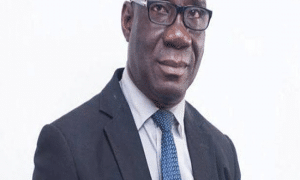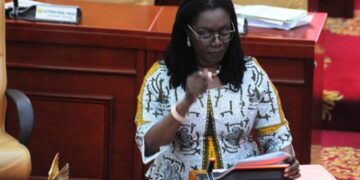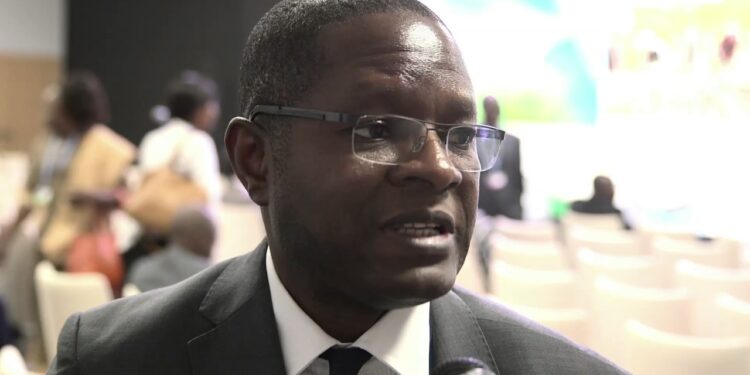Africa has lost between 5 and 15% of its GDP per capita growth due to climate change and its related effects, but requires approximately US$1.6 trillion between 2022 and 2030 to meet its nationally determined contributions, according to Kevin Urama, acting chief economist and vice-president of the African Development Bank Group.
Speaking at a panel discussion—titled “African Countries Ownership in Determining Climate Agenda”— on the sidelines of the Egypt International Cooperation Forum in Cairo, Urama asked developed nations to bridge the “climate financing gap”.
Several senior bank executives attended the ceremony, including Dr. Kevin Kariuki, vice president for power, energy, climate, and green growth, and Solomon Quaynor, vice president for the private sector, infrastructure, and industrialization.
“Collectively, African countries received only US$18.3 billion in climate finance between 2016 and 2019,” Urama said. “This results in a climate finance gap of up US$1288.2 billion annually from 2020 to 2030.”
The chief economist added: “These sums reflect how the crisis is. Climate change affects Africa severely, while the continent contributes to only 3% of global emissions. The global community must meet its US$100 billion commitment to help developing countries and African economies to mitigate the impacts of climate change and to adapt to it.
“Investing in climate adaptation in the context of sustainable development is the best way to cope with the climate change impacts, adding that gas must remain included in the continent’s plan for the gradual transition to clean energy.”
Urama emphasized that countries have been able to migrate away from coal and toward cleaner energy since the 1850s.
He also stated that Africa has a lot of green investment opportunities that the private sector, particularly banks, should take advantage of.
Egyptian Environment Minister Yasmine Fouad emphasized Egypt’s National Alignment Strategy for Climate Mitigation and Adaptation. She stated that it was built on five pillars.
Fouad explained that the first pillar focuses on how we can adopt a low greenhouse path, which centers on the sectors around renewable transport, gas, industry, and waste. The second one relates to adaptation and how best to make the communities more resilient.
“The third and fourth ones are focused on how to protect coastal zones and have more accessibility and availability of water. The last one is about the need for developing more smart and integrated concoctions and that’s the stereotype of a strategy on climate.”
Fouad added: “To fight climate change, you cannot rely on the government alone, nor the private sector alone but it’s an integration between the government, civil society, and the private sector.”
“Women and young people, are among Africa’s best assets and stressed the importance of exploring avenues to tap into this significant asset for the sake of the continent’s sustainable development,” said Ghada Wally, executive director of the United Nations Office of Drugs and Crime and director-general of the United Nations Office in Vienna.
Nationally determined contributions, or “NDCs,” are provided by countries following the Paris Agreement of the United Nations Framework Convention on Climate Change.
They reflect climate action pledges aimed at limiting global warming to well below 2 degrees Celsius, or 1.5 degrees Celsius, over pre-industrial levels.































